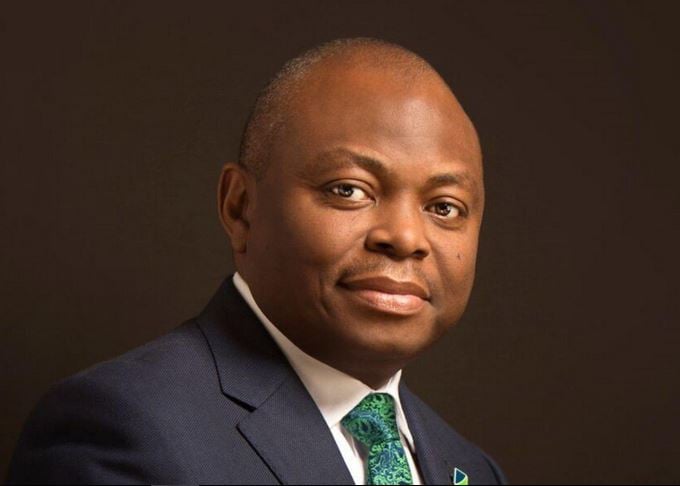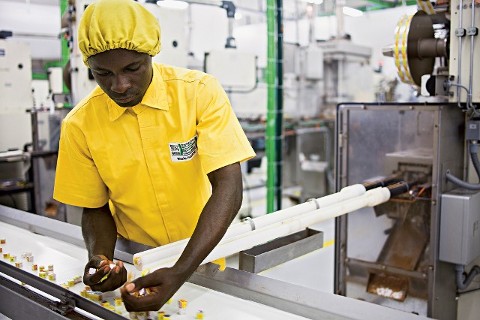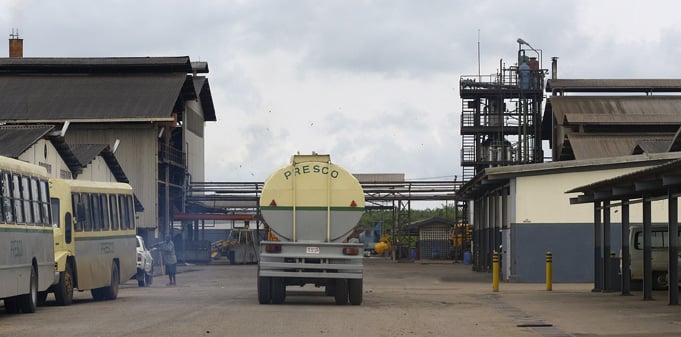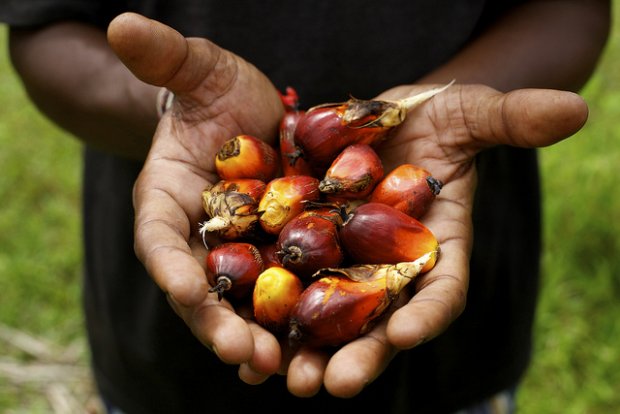Fidelity Bank closed the 2016 operations with a profit drop that has altered the course of its recovery from a major profit fall in 2013. Despite that, it has sustained dividend payout for the fifth year running. Revenue growth was sustained in the year but rising credit losses weakened profit margin and reduced profit to the lowest figure in three years. Management kept all other costs under control to defend profit amid a slow growth in revenue in the year.
Gross earnings improved by 3.5% to a little over N152 billion, slowing down from a growth of 8% in the preceding year. This is the lowest revenue growth in five years as was anticipated and lower than the average revenue growth rate of 7.4% over the preceding three years. The bank’s best revenue performance remains 2012 when it recorded an outstanding growth of 61.4%.
Interest income was virtually flat in the year while a 19% growth in fees and commissions was largely neutralized by weakness in other income lines. Net losses from traded financial instruments more than doubled in the year to N625 million.
Interest expenses were also flat at over N61 billion and that enabled the bank to defend net interest income at close to N62 billion. One major cost element was however out of control in the year and that is impairment charge for loan losses, which rose by more than 50% to N8.67 billion. That had the biggest negative impact on the bottom line followed by other operating expenses, which rose by 9% to about N36 billion – more than two and half times as fast as the improvement in revenue.
Advertisement
All the other cost lines were kept under control in the year though operating cost margin increased from 43.7% in the preceding year to 44.2% in 2016. The increase in the cost income ratio is due more to the slow growth in revenue than increase in costs. The bank therefore lost profit margin for the second year running as was anticipated, resulting in the drop in profit.
The bank ended the 2016 financial year with an after tax profit of N9.73 billion, which is a drop of 30% from the preceding year’s figure. The profit drop follows the strong growth in loan loss charges and the increased incursion of operating expenses into revenue.
The bank is unable to sustain the recovery process after it managed to keep up profit for the second year in 2015. It had lost close to 58% of profit in 2013 and has not been able to match its peak profit of N18.20 billion in that year so far.
Advertisement
Despite the rising impairment charges, the bank sustained new lending in the year with an expansion of over 24% in the net loan portfolio. It closed the year with a loan portfolio of N718.40 billion. This is an accelerated growth compared to an increase of 6.7% in 2015. On the other hand, investment portfolio dropped from N301.4 billion at the end of the preceding year to less than N245 billion at the end of 2016.
Costs grew generally ahead of revenue in 2016, which depressed profit margin. Net profit margin went down from 9.5% in the preceding year to 6.4% at the end of 2016. This is one of the lowest profit margins the bank has recorded in recent years.
The bank earned 34 kobo per share at the end of the 2016 financial year, down from 48 kobo in 2015. It has proposed a cash dividend of 14 kobo per share against the 16 kobo per share it paid for the 2015 operations. The register of shareholders closed between 18th and 25th April while payment date is scheduled for 4th May, 2017. The bank has maintained regular dividend payment for the fifth year running.
Advertisement
Add a comment







